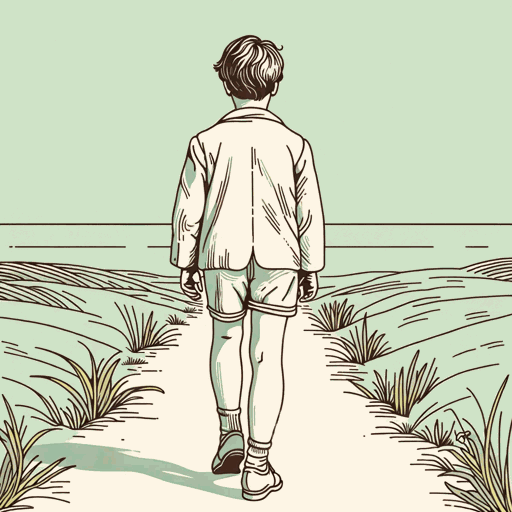59 pages • 1 hour read
James JoyceA Portrait of the Artist as a Young Man
Fiction | Novel | Adult | Published in 1916A modern alternative to SparkNotes and CliffsNotes, SuperSummary offers high-quality Study Guides with detailed chapter summaries and analysis of major themes, characters, and more.
Important Quotes
“Once upon a time and a very good time it was there was a moocow coming down along the road and this moocow that was coming down along the road met a nicens little boy named baby tuckoo.”
(Chapter 1, Page 7)
The novel begins with a deliberately stylized and traditional opening line. Stephen is a young man, being read a story by his father. The father begins the story (and, by proxy, Stephen’s) with “once upon a time” (7), situating both in a traditional narrative style. This fairytale-like opening is a sign of Stephen’s youth. Additionally, the contrast between traditional narration and nontraditional words, such as “moocow” (7), mirrors Stephen’s mindset and foreshadows his story. He is straining to break into maturity amid the constraints of tradition and social expectations.
“What was after the universe? Nothing.”
(Chapter 1, Page 17)
Stephen’s formative years are spent wrestling with unexpectedly big questions in his schoolroom. When asked to write out his address, for example, he struggles to comprehend the sheer size of the universe. This leads him into the religious matters that will dictate so much of his later life. Even at this stage, the idea of a divine place beyond the universe such as heaven seems like “nothing” (17) to Stephen. This also represents Stephen’s tendency to get caught up in his own thoughts. A question about his address becomes a question about the size and scale of the universe, which then becomes a metaphysical question about the world beyond.
Related Titles
By James Joyce

An Encounter
James Joyce

A Painful Case
James Joyce
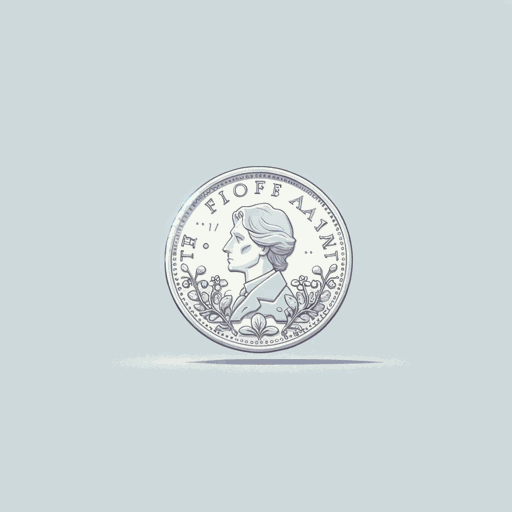
Araby
James Joyce

Clay
James Joyce
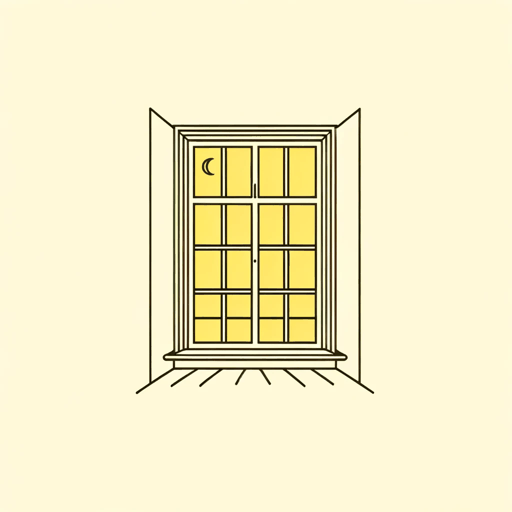
Counterparts
James Joyce
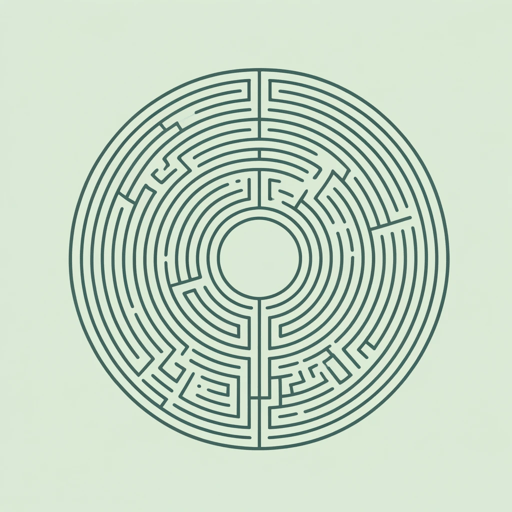
Dubliners
James Joyce
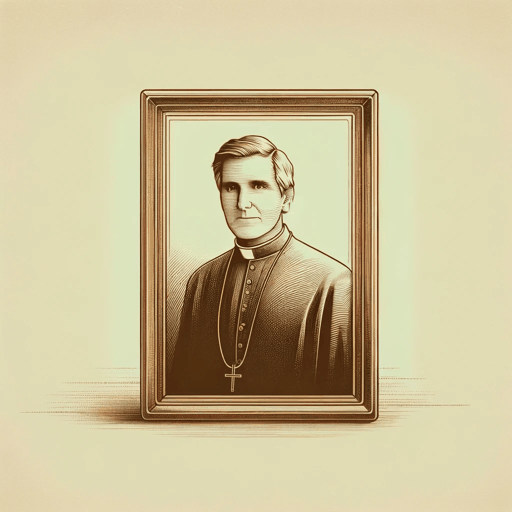
Eveline
James Joyce

Finnegans Wake
James Joyce
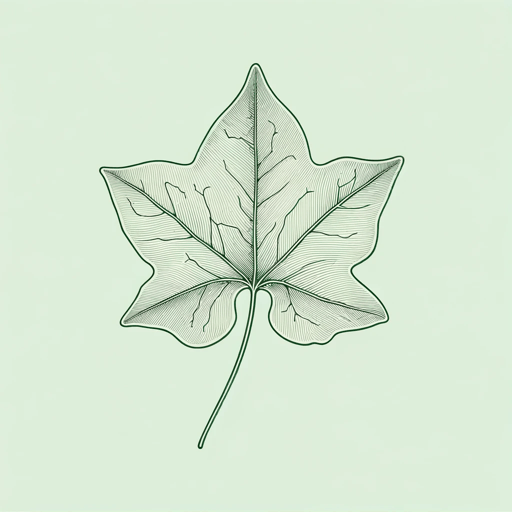
Ivy Day in the Committee Room
James Joyce
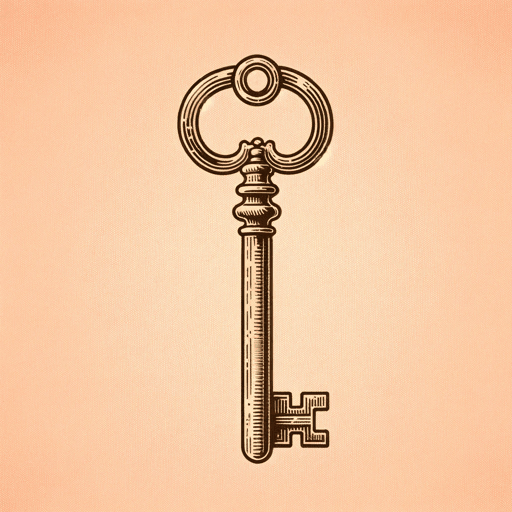
The Boarding House
James Joyce

The Dead
James Joyce
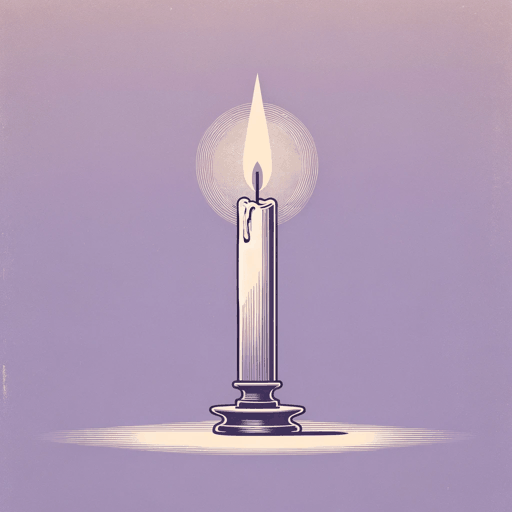
The Sisters
James Joyce
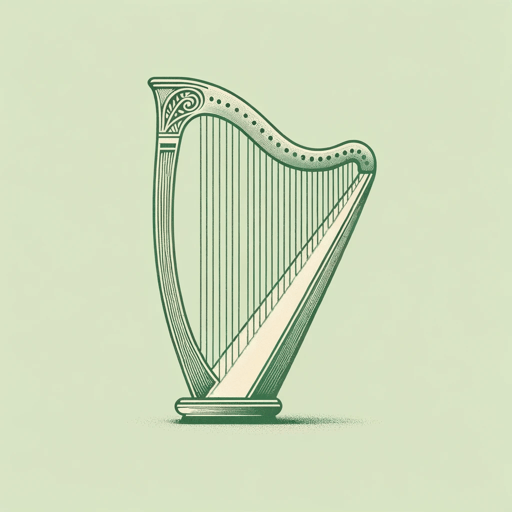
Two Gallants
James Joyce
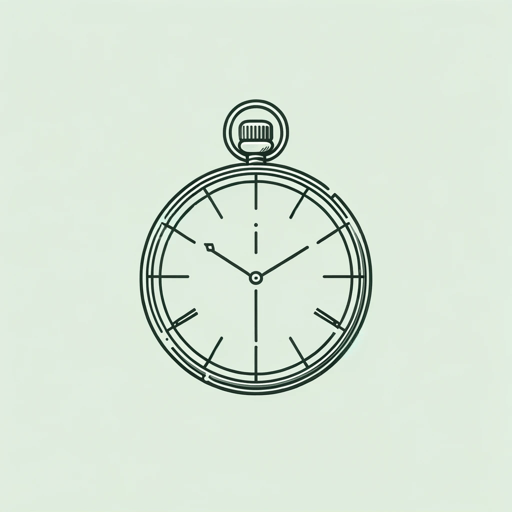
Ulysses
James Joyce
